Alfred’s Premier Piano Course
When you hear the words Alfred Method, if you think of the old Alfred Basic Piano Library, then you need to read my blog today about the newer Alfred piano method called Alfred’s Premier Piano Course. With music beautifully written by the wonderful composers Dennis Alexander and Martha Mier, this is a modern method for today’s student.
Alfred’s Premier Piano Course is an intervallic method that uses landmark notes to teach reading but does not go so overboard on the landmarks that it drudgery for the student. The word “position” is not used in the method so your students will not think their RH thumb plays only middle C. My student who started in this book never thought about positions, but rather looked for the note with the correct finger. And this was not a strong student.
Rhythm is taught through groups of rhythm patterns to help students feel the flow of the meter. In order to play musically, students must learn using these patterns, rather than thinking of individual note values. Those of us who learned the Kodaly method know that students need to feel an entire pattern rather than just learning how long to hold a note. Students will, however, learn to count in this method.
Lesson, Performance, Theory, Assignment, and Christmas books, as well as flash cards, MIDI disks, Technique, and a unique At-Home Book are available at the early levels. Since this method is still being written, some of the extra books such as the Technique book are not available yet at all levels.
Books with included CD’s are available at a slightly higher price, so you can choose if you want your student to have the CD or you can keep a CD in your studio for use at the lessons. The CD’s have both a performance tempo and a practice tempo.
Recently Alfred published level 5 of this method, which is the 7th level in the series, following 1A, 1B, 2A, 2B, 3, and 4. Level 6, the final level, is still in production, and should be available in 2010.
Level 5 has great music that is fun to play. The pieces composed by Alexander and Mier sound like recital pieces and your students will love them. Out of the 20 pieces in this book, 8 are original classical pieces from the Baroque to Contemporary periods as well as some arrangements of classical orchestral music. One thing I really like in this book and think is unique to a method book is the music history. There are pages devoted to each classical period including the style, a historical time line, and melodies of other famous tunes from the period. This should make teaching music history a lot easier.
Gayle Kowalchyk, a co-author of the method wrote the lyrics in this series. The music is co-composed by Alexander and Mier, so on a recital program list them both as the composers. E.L. Lancaster, Victoria McArthur, and Gayle Kowalchyk worked on the pedagogical concepts. The illustrations are by Jimmy Holder and are a tasteful addition to the book. Timeless in style, they will not insult your older students and will not be dated in a few years.
If you are looking for something new and haven’t seen these books, check them out. I think you will be impressed.

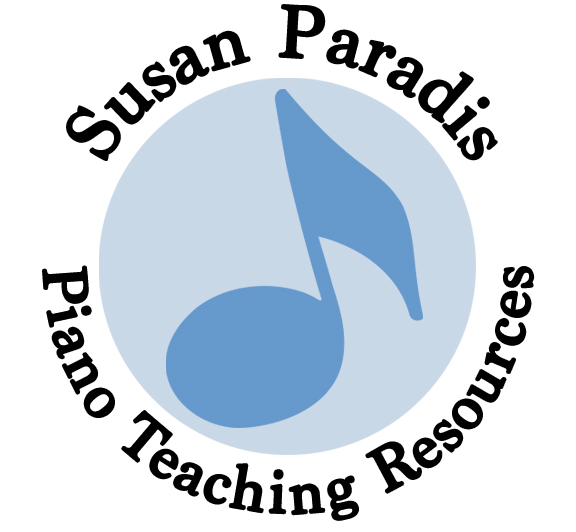
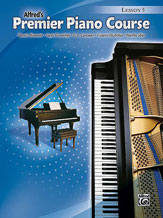

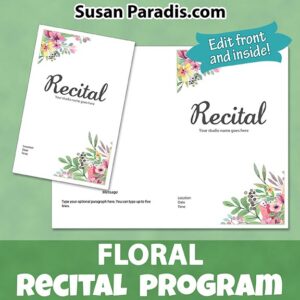
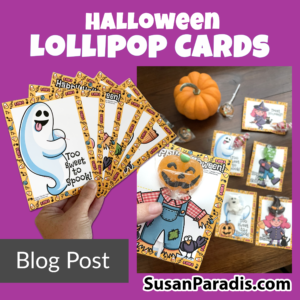
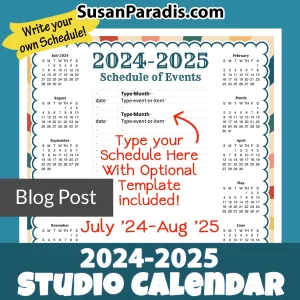
I am 20 years old and began this alfred premiere course at age 7! I’m now majoring in music education and piano performance! I loved this series compared to the basic piano library. Even with my own students now. I’m living proof that it’s a great course! (of course with the help of a fantastic teacher)
ONce a student is finished with Level 6?
What a well-written review! I was very curious about the new Premier Series, but haven’t had the chance to try it out with any of my students yet.
I appreciate your comment about being familiar with the various method books available today. I am a firm believer in not becoming too attached to one particular series of method books, but instead, being willing to use MANY of the different method books available in order to create curriculum suited for each individual student’s needs.
Thanks, Joy. I love writing reviews, but sometimes I have feel like I have trouble expressing my thoughts. I’m glad I got this one right!
How would one transition from Alfred’s Basic Piano Library to this series? I know on the back of the ABPL there is a flow chart; do you happen to know?
That is a very good question! Gayle Kowalchyk (one of the authors) was asked this at the workshop I attended. She suggested transitioning into the same level you would with Alfred Basic, so when you finish ABPL Level 1B, you can go into the Premier Level 2A. However, since Premier Piano is not a positional course, you will have to do extra work to catch them up. Concepts are introduced at different places in each book. Eighth notes are introduced in 1B in the old books and 2A in Premier Piano. If you have a weak student who had trouble with Alfred’s Basic Level 2, you could put them in Premier 2B for some review.
If you click on the link under the picture of level 5, it will take you to their website where they have a FAQ that may help you more.
I think it’s a good idea to divide Level 2 into 2 books because that is where a lot of students start getting behind and then quit.
I tried this series out with a new student last year, and I’m liking it very much. This one may rival the Faber Piano Adventures in my studio.
Thanks for the feed back.
We need a lot of different methods available because every student is different. And what if we want to put siblings in different methods? Plus, it helps to keep the teacher from getting tired of the music.
There are many excellent method books available now days if we take the time to look.